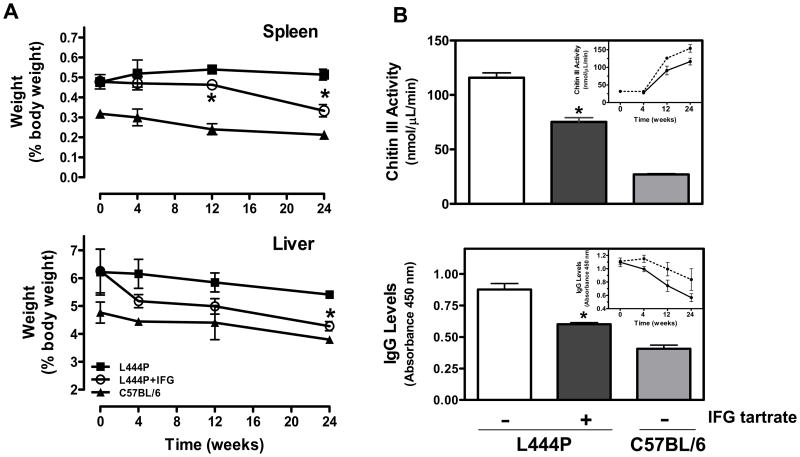Figure 7. IFG reduces organ weights and the levels of plasma markers for Gaucher disease in L444P GCase mice.
Panel A. One-month old male L444P GCase mice were administered IFG HCl (10 mg/kg per day, equivalent to 8.2 mg/kg free base) ad libitum for up to 24 weeks. Mice (4–6/time point) were euthanized after 4, 12, or 24 weeks of administration and total body, liver, and spleen weights were recorded and compared to those of age-matched untreated L444P GCase and wild-type C57BL/6 mice (4 mice/time point). Statistically significant reductions in organ weights compared to untreated L444P GCase mice were seen in spleen (upper panel) and liver (lower panel). Organ weights are expressed as a percentage of body weight. Panel B. Four-month old male L444P GCase mice were administered IFG tartrate (20 mg/kg per day, equivalent to 10 mg/kg free base) ad libitum for eight weeks (11 mice/time point). Chitin III (upper panel) and IgG (lower panel) levels were measured in plasma samples and compared to those of age-matched untreated L444P GCase (11 mice/time point) and wild-type C57BL/6 mice (6 mice/time point). Statistically significant reductions in both markers compared to untreated L444P GCase mice were seen. Insets. One-month old male L444P GCase mice were administered drinking water (dotted lines) or IFG HCl (10 mg/kg per day, equivalent to 8.2 mg/kg free base (solid lines)) ad libitum for up to 24 weeks. Mice were euthanized after 4, 12, or 24 weeks of treatment (4–6 mice/time point). A trend of reduction in both chitin III and IgG levels was seen with time compared to age-matched untreated L444P GCase mice. Statistically significant differences from untreated were determined using a two-tailed, unpaired student’s t-test with *p<0.05.

